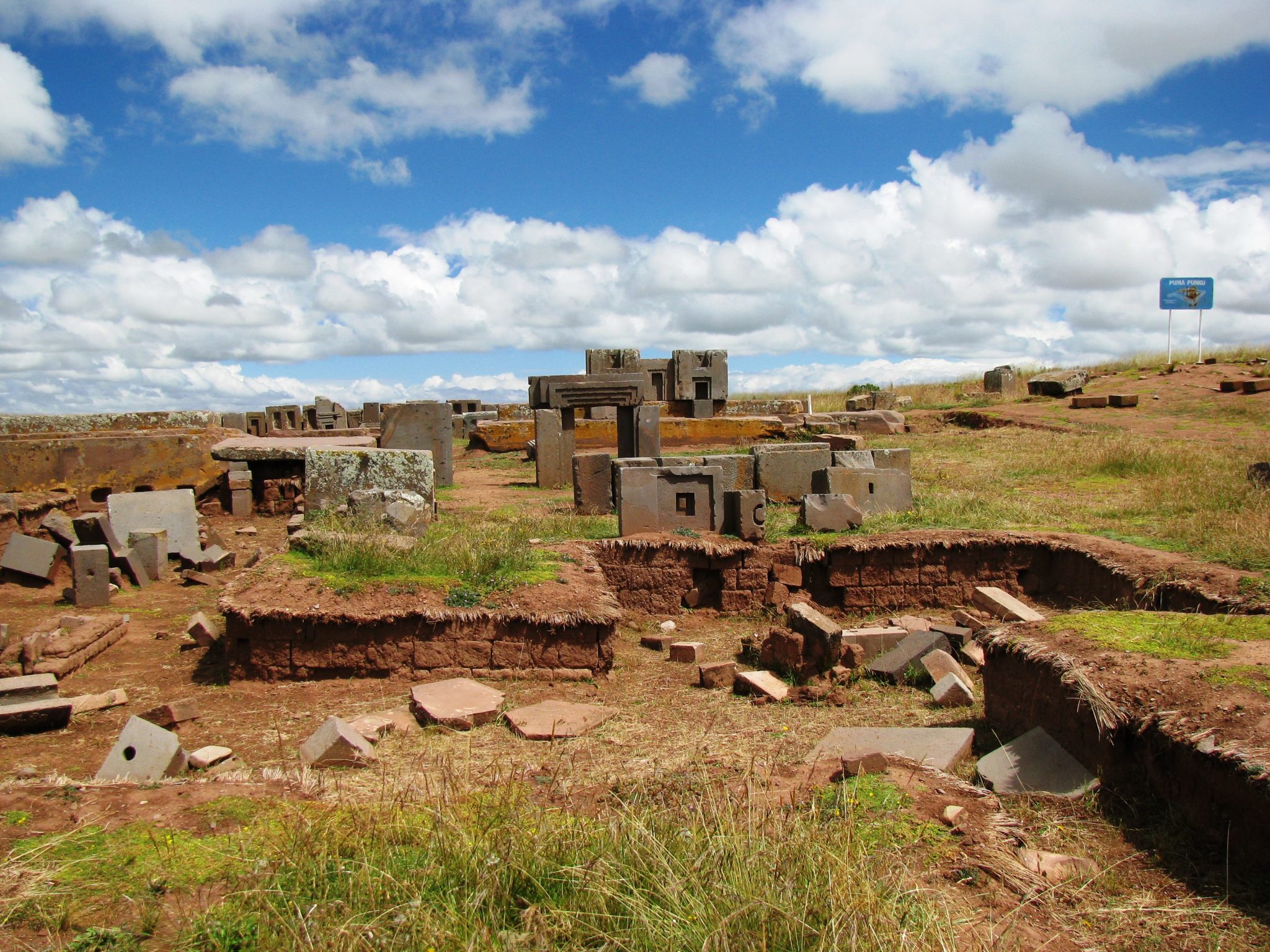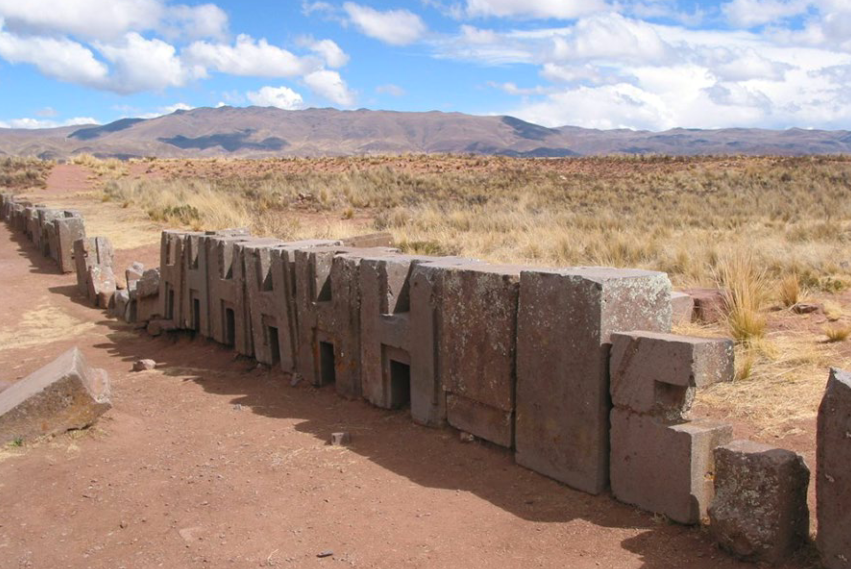An archeology team at the University of California, Los Angeles (UCLA) have reconstructed the ruins of Tiwanaku (AD 500-950), a Unesco World Heritage Site in Bolivia, using 3D modeling and 3D printing.
The Tiwanaku is a Pre-Columbian (before the arrival of the Europeans) site that covers an approximate area of four km/sq around the Lake Titicaca. The Titicaca Basin is known to be one of the places where a unique civilization was formed.
With his research team, Dr. Alexei Vranich, a renowned archeologist and an expert on the pre-Columbian era, reconstructed a 3D model of a part of Tiwanaku.

Reviving cultural heritage
The part restored by Dr. Vranich and his team is the Pumapunku (Gateway of Puma or Jaguar), believed to be a temple at the Tiwanaku site. The Pumapunku had been subjected to frequent looting by colonialists and treasure hunters.
The temple is formed of finely cut sandstone slabs and large blocks of andesite, a fine-grained volcanic rock. The seventeen sandstone slabs cover an area of 6.72 meters in width and 38.72 meters in length and are the foundation ground for the 150 andesite stones. All these stones now lay in ruin scattered all around. Furthermore, there are no plans or models of the original site, and it is believed that the temple was unfinished at the time of building. So restoration of the site was difficult, to say the least.

3D printing Pumapunku
3D scanning proved inefficient in this case as it was laborious and irrelevant to the task at hand, i.e. understanding the underlying geometry of the Pumapunku temple.
Therefore, the researchers relied on data collected over 150 years, mostly from the archival notes and drawings of Leonce Angrand, a nineteenth-century French painter, Max Uhle (1893), a German archeologist and Jean-Pierre Protzen, a professor of architecture at UC Berkeley.
These notes and drawings were translated into CAD designs of the Pumapunku using Sketchup, a 3D modeling software used in architecture.
In the next stage, the project team 3D printed the models, first using an FDM/FFF printer and then moving to the powder-based ZPrinter 310 from Z Corporation (now 3D Systems). The models of Pumapunku ruins were scaled to 4% of the original site.

Recreating Pumapunku
Finally, the pieces were assembled. One of the skills archeologists are trained with are manipulating complex geometries in their imagination to find the right fit. For this project, they decided to put this skill to good use and assembled all the models manually. This was preferred because designing an algorithm for automatic arrangement of the stones of Pumapunku was neither feasible nor efficient.
In a published study of this project, it was also mentioned that assembly of 3D printed archeological models improves visualization and geometric manipulation skills which could help in archeological training in the future.
The .stl files of the Pumapunku temple have been made available to the general public.
Further reading
Of course, Tiwanaku is not the only site of cultural heritage to receive the benefits of 3D printing. Following its destruction at the hands of ISIS, the ancient city of Palymra has been famously recreated with 3D printing, harnessing crowdsourced data.
Through a partnership between CyArk and Google there are now hundreds of 3D models of heritage sites publicly available online. And MyMiniFactory’s Scan the World project houses over ten thousand 3D printable models of cultural landmarks and artworks from around the globe.
The UCLA research discussed in this article is titled Reconstructing ancient architecture at Tiwanaku, Bolivia: the potential and promise of 3D printing. It was published in Heritage Science journal and is authored by Alexei Vranich.
3D Printing Industry Awards 2019 is around the corner. Please make your nominations.
For more news on cultural heritage and how 3D printing is helping to keep it safe, subscribe to our 3D printing newsletter. You can also follow us on Facebook and Twitter.
Looking for a job? Visit our 3D Printing Jobs site.
Featured image shows the ruins of Pumapunku. Image via Wikipedia

